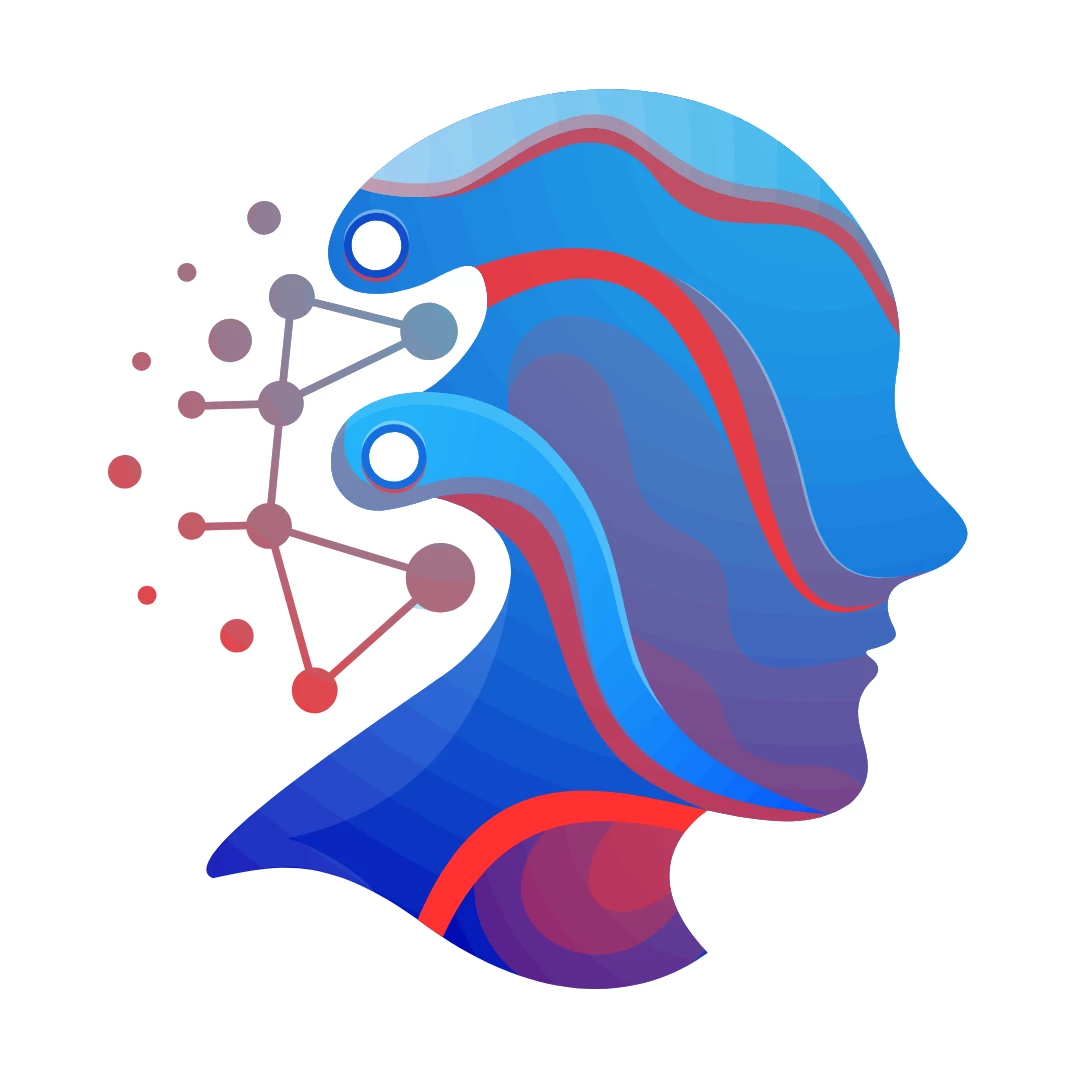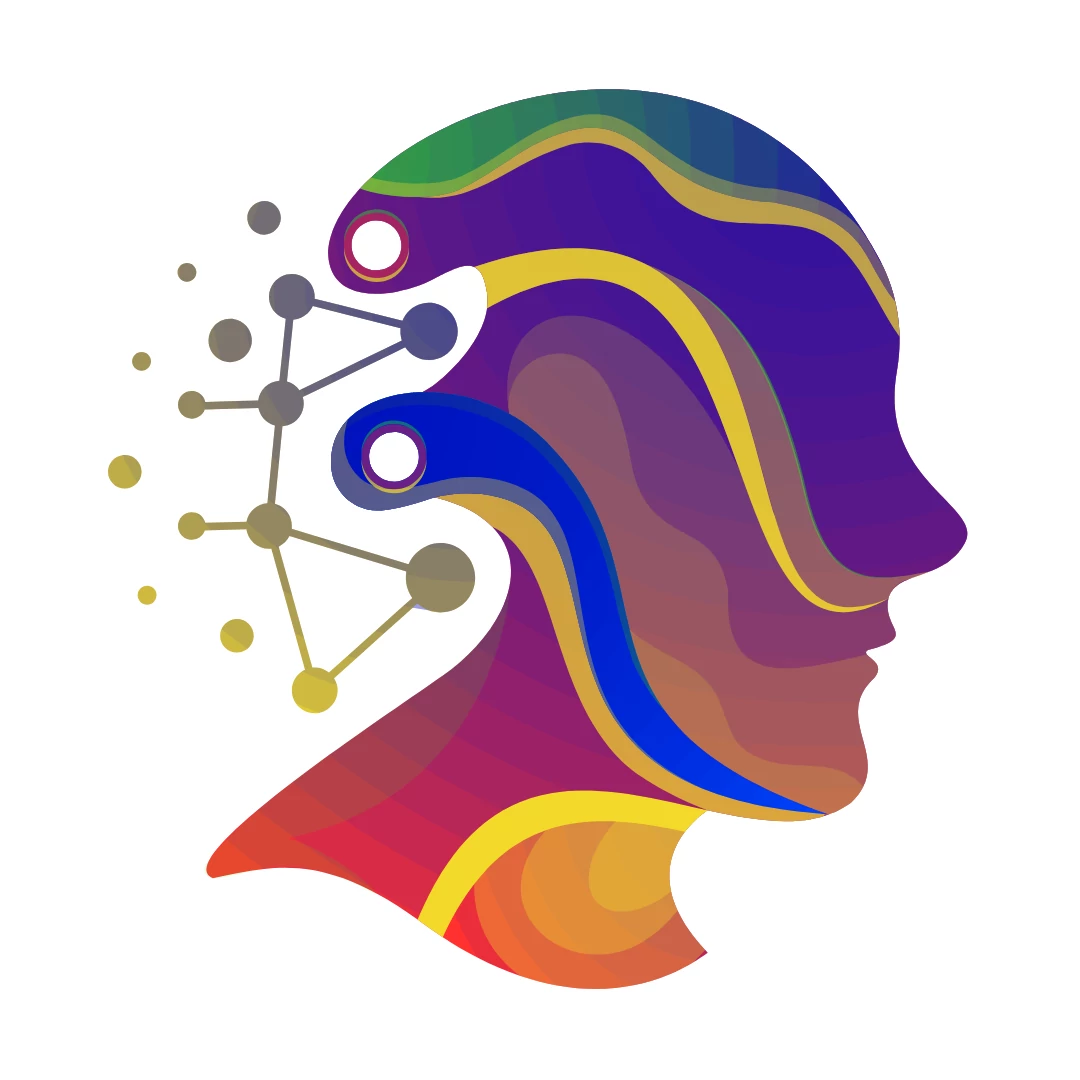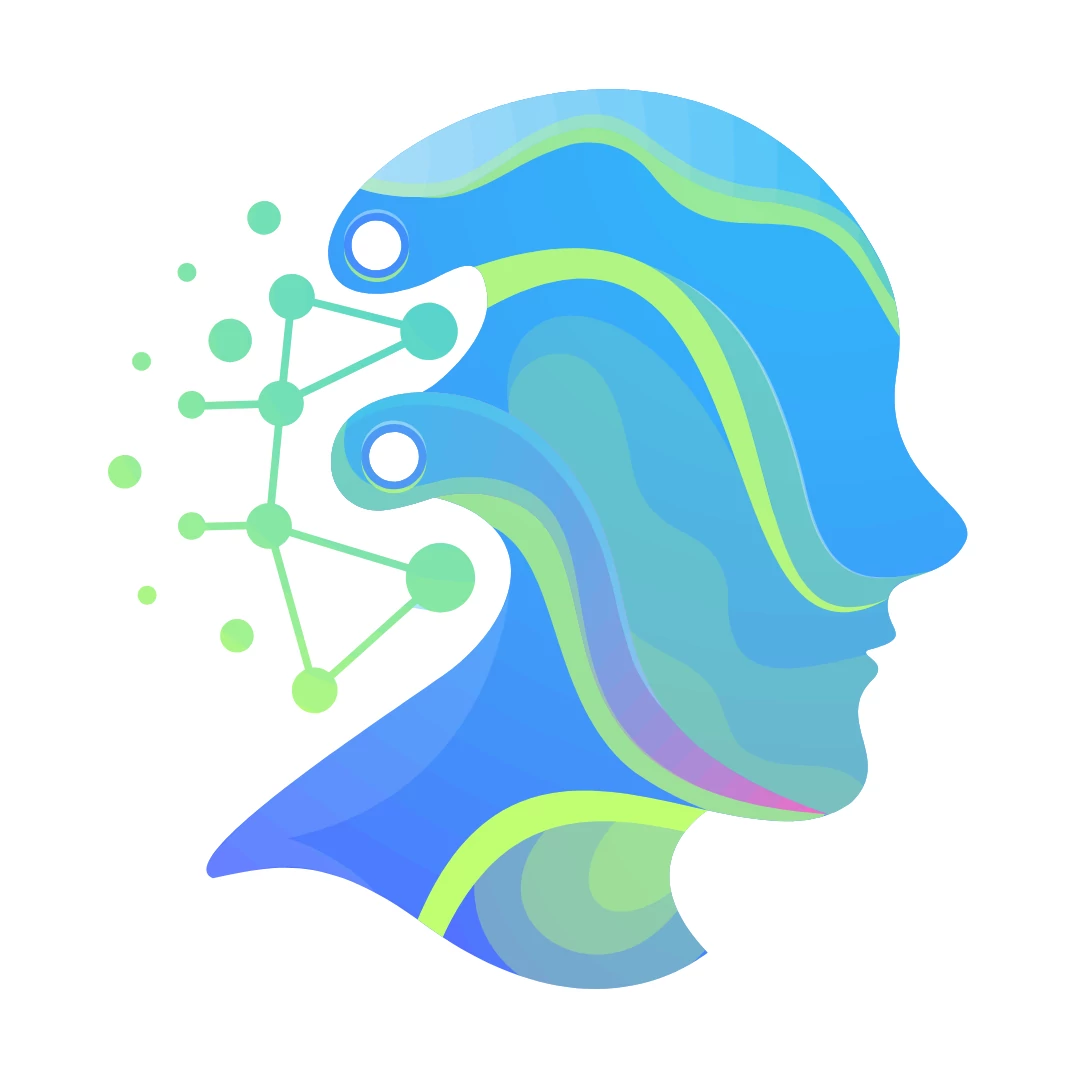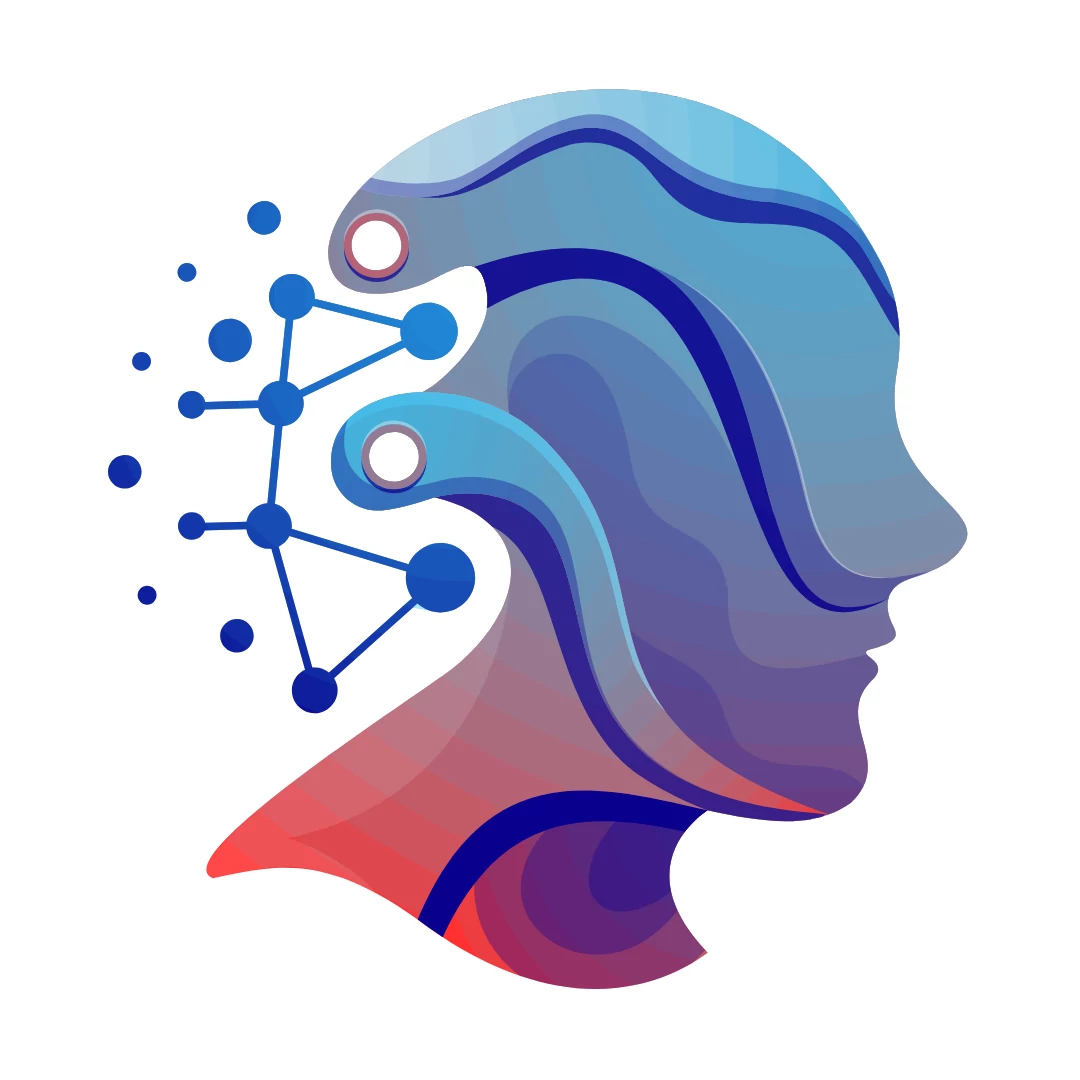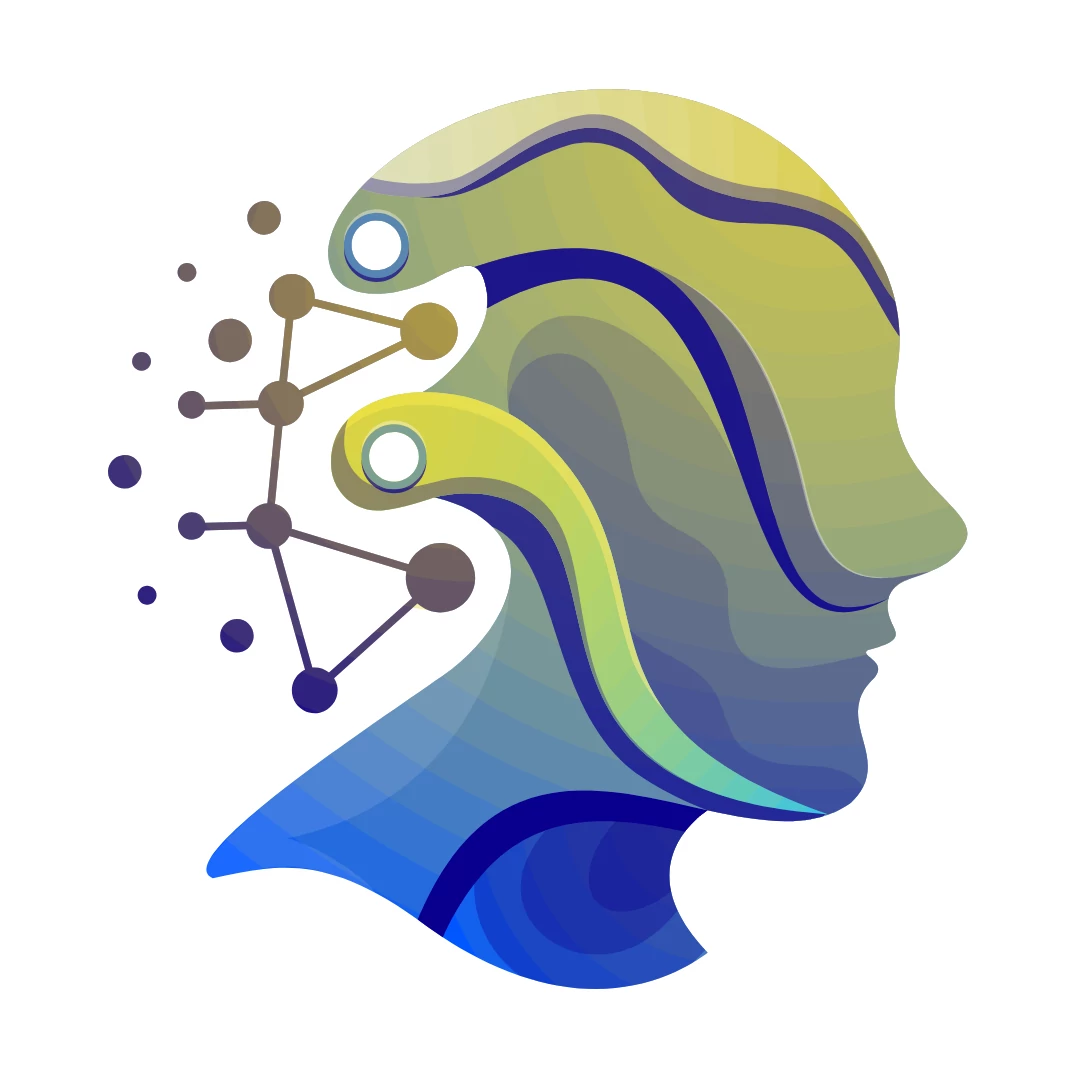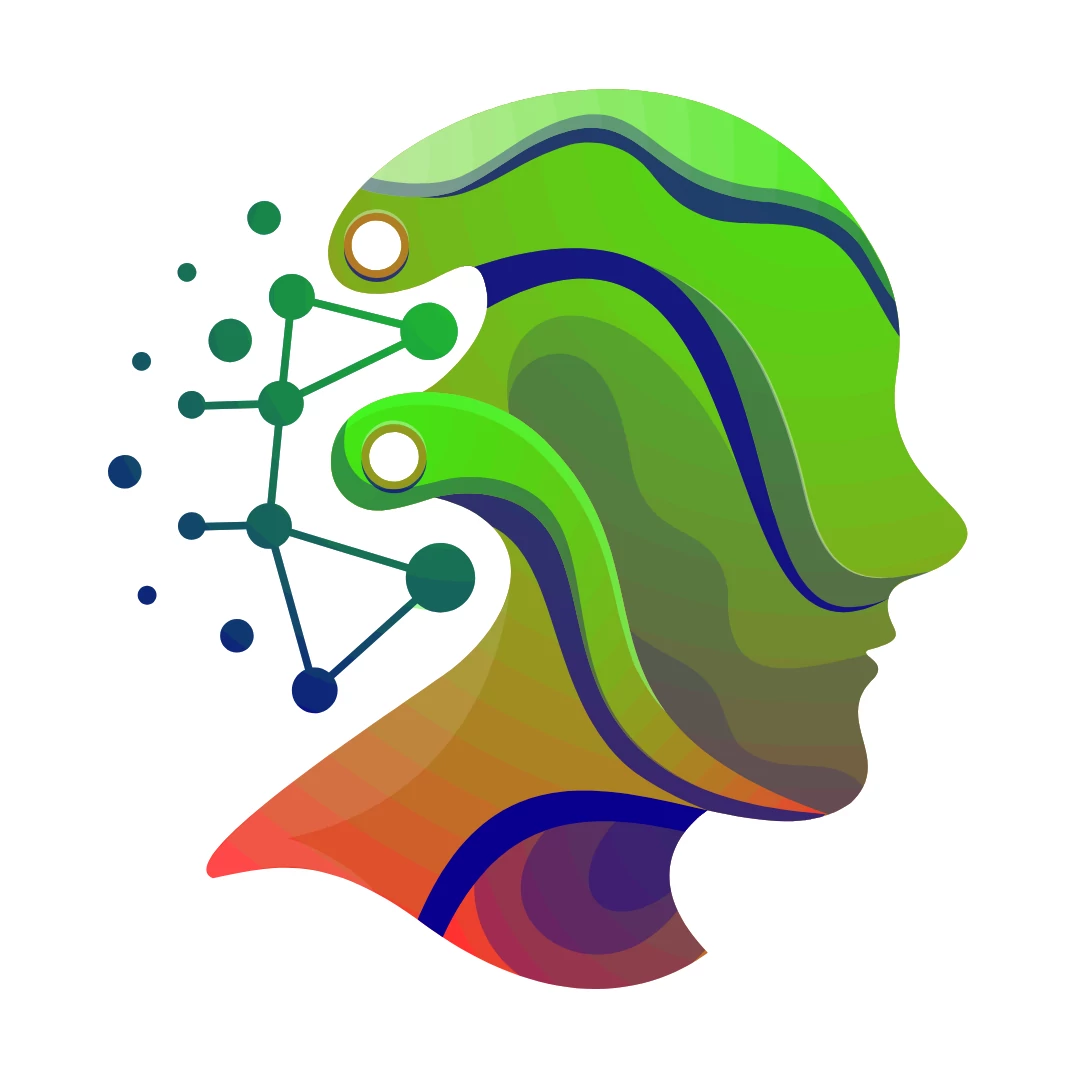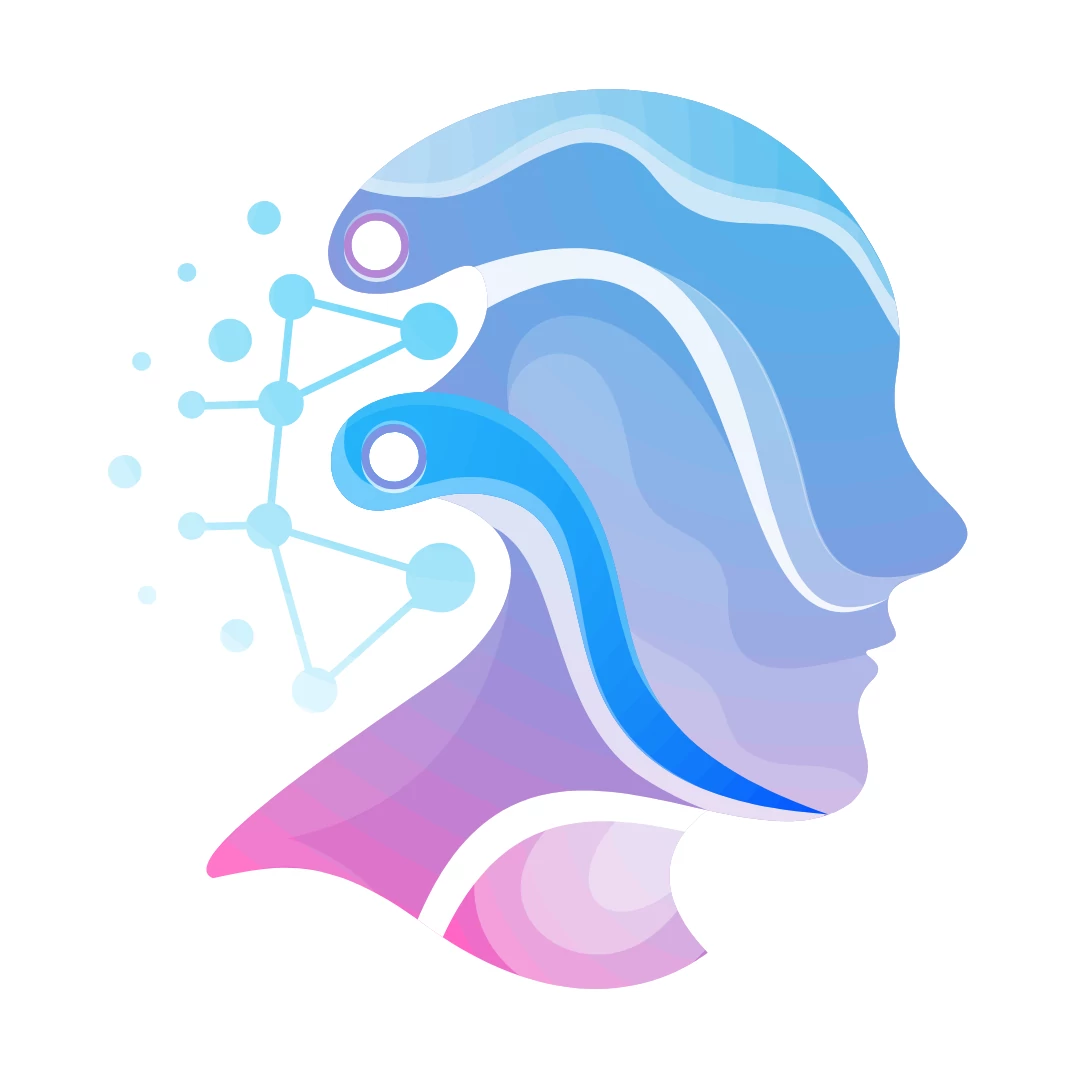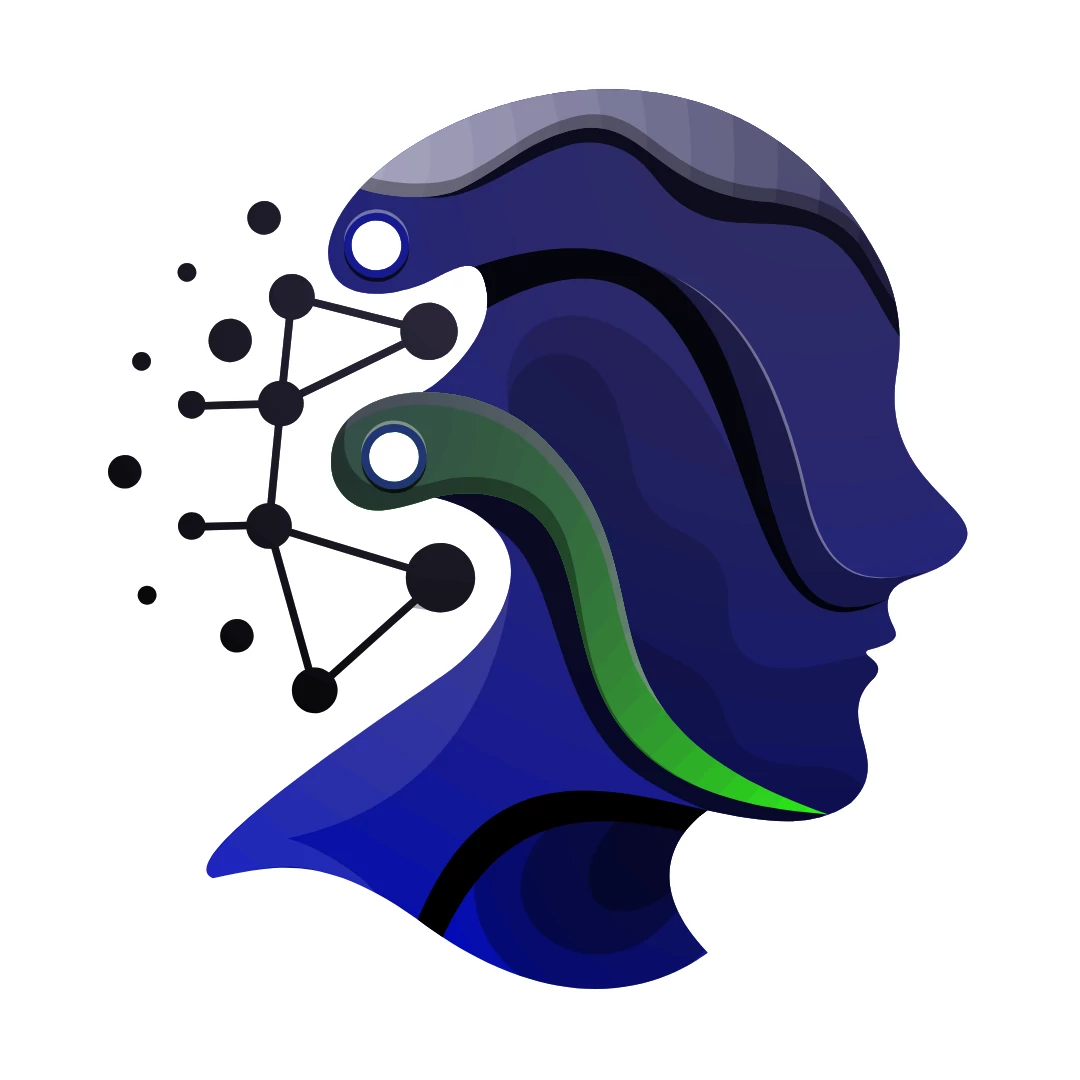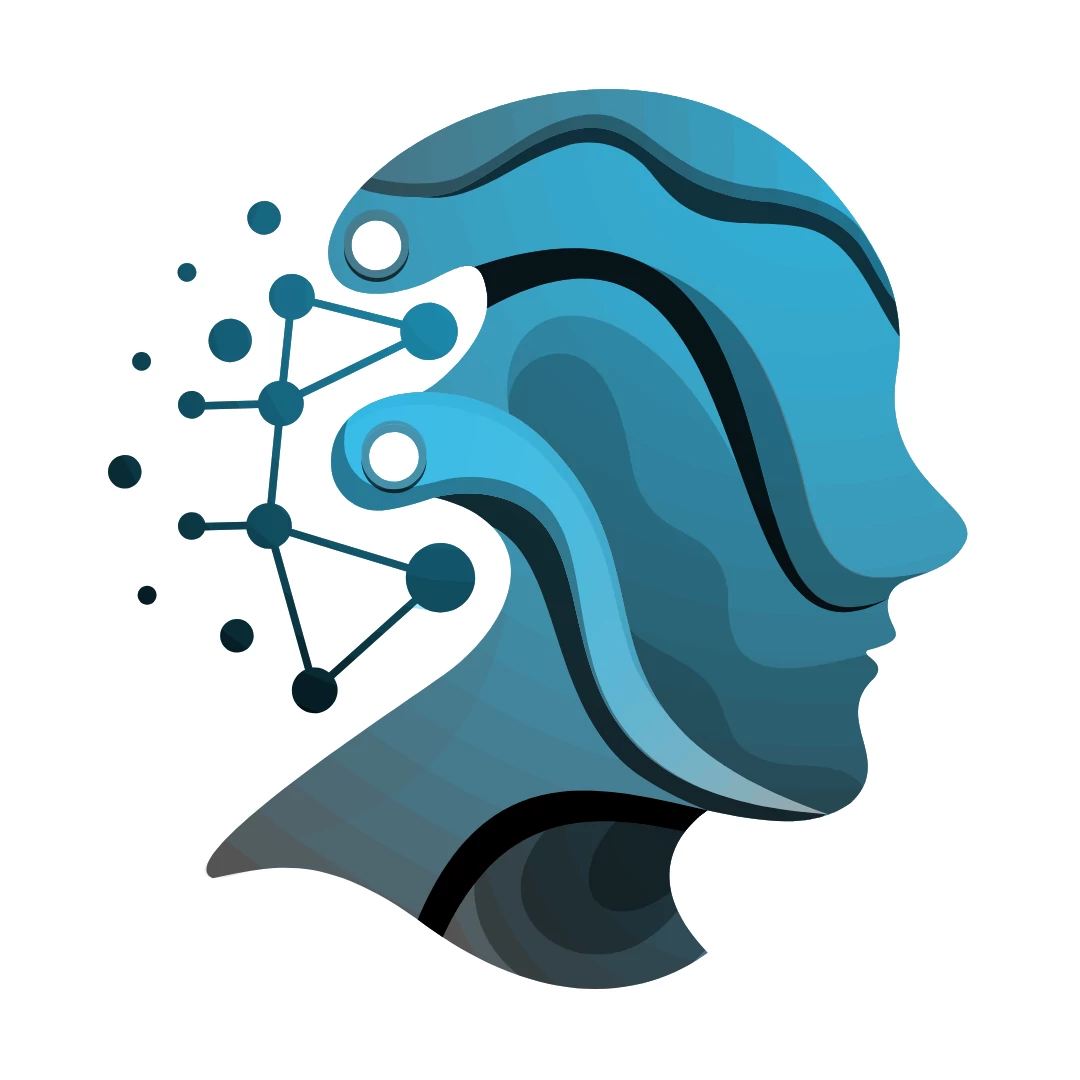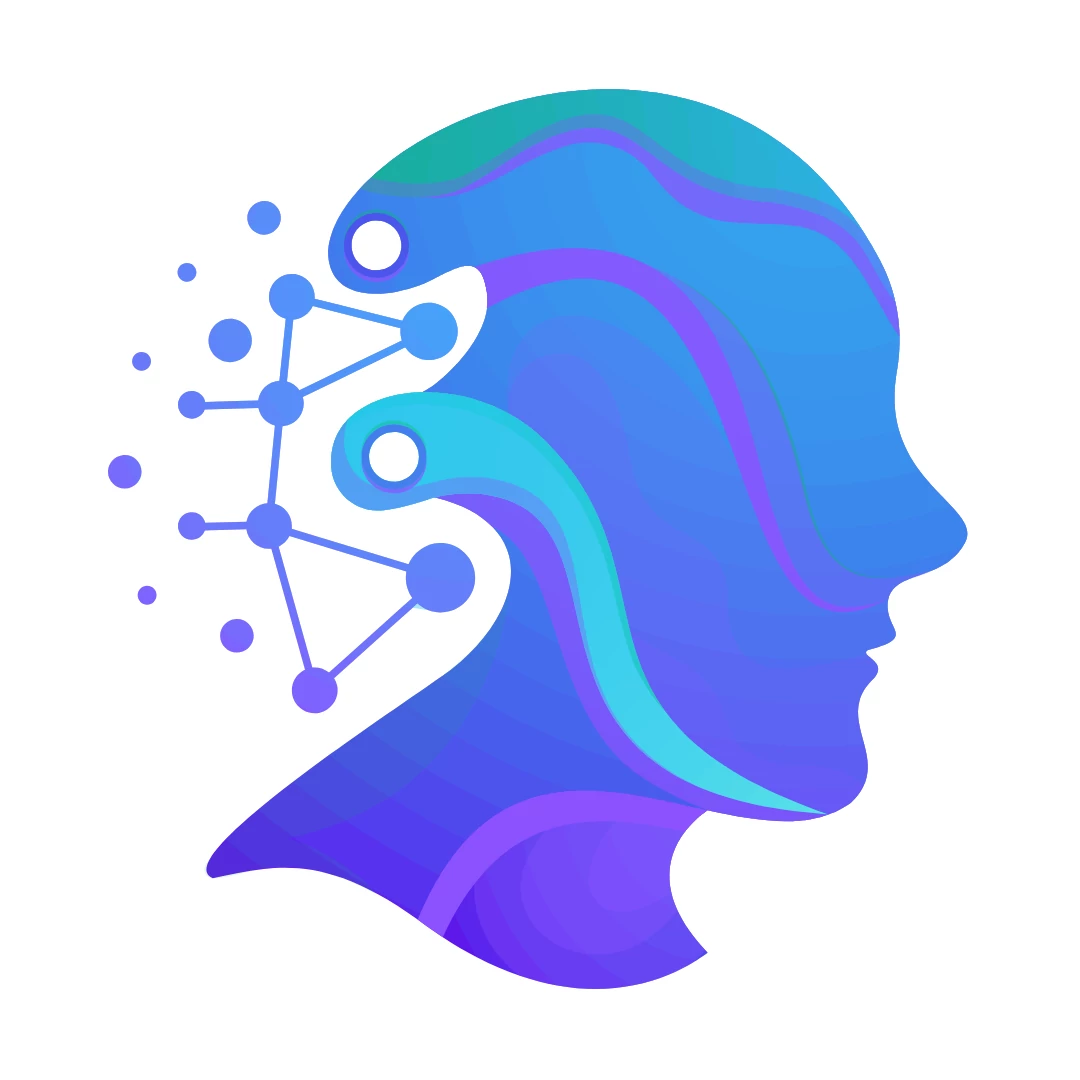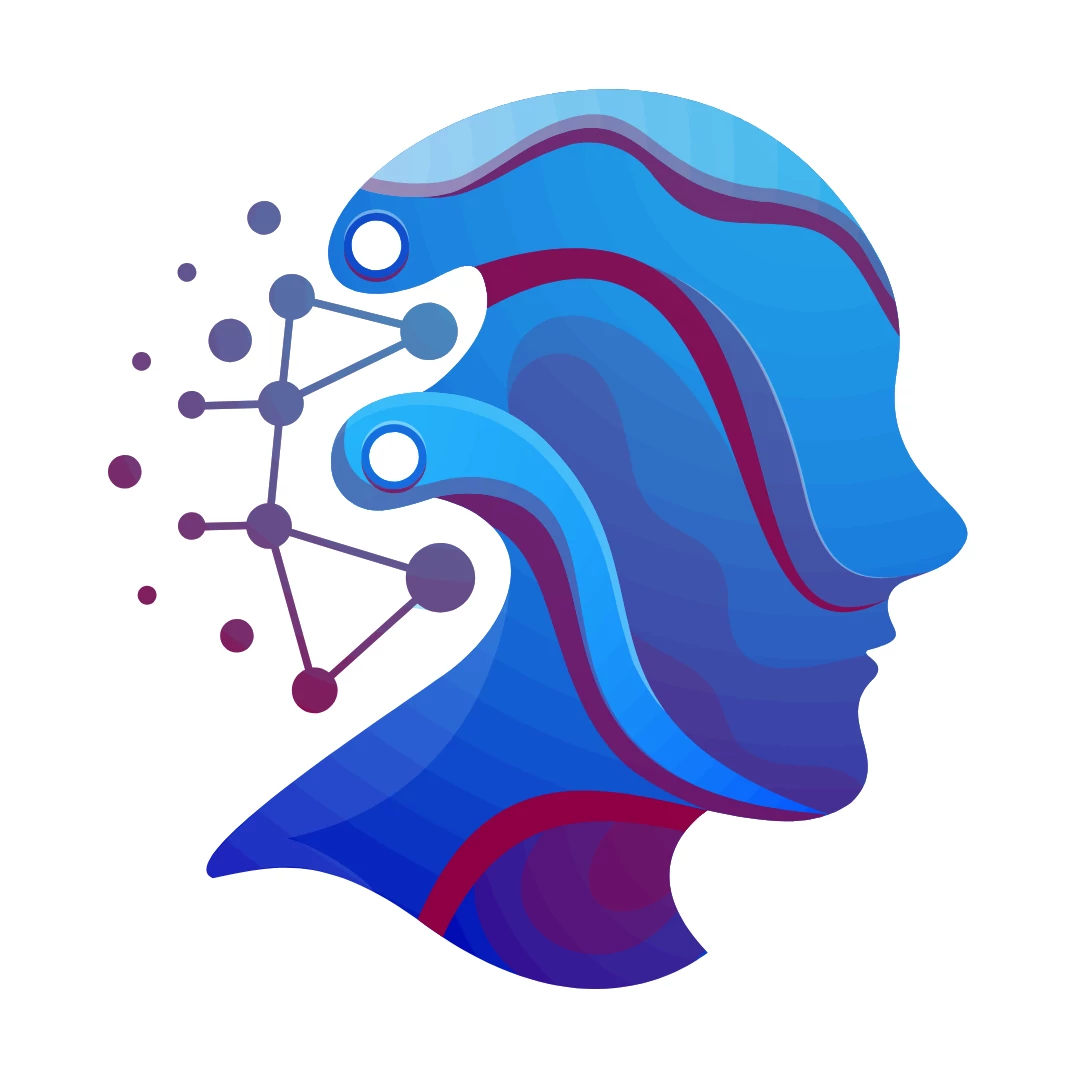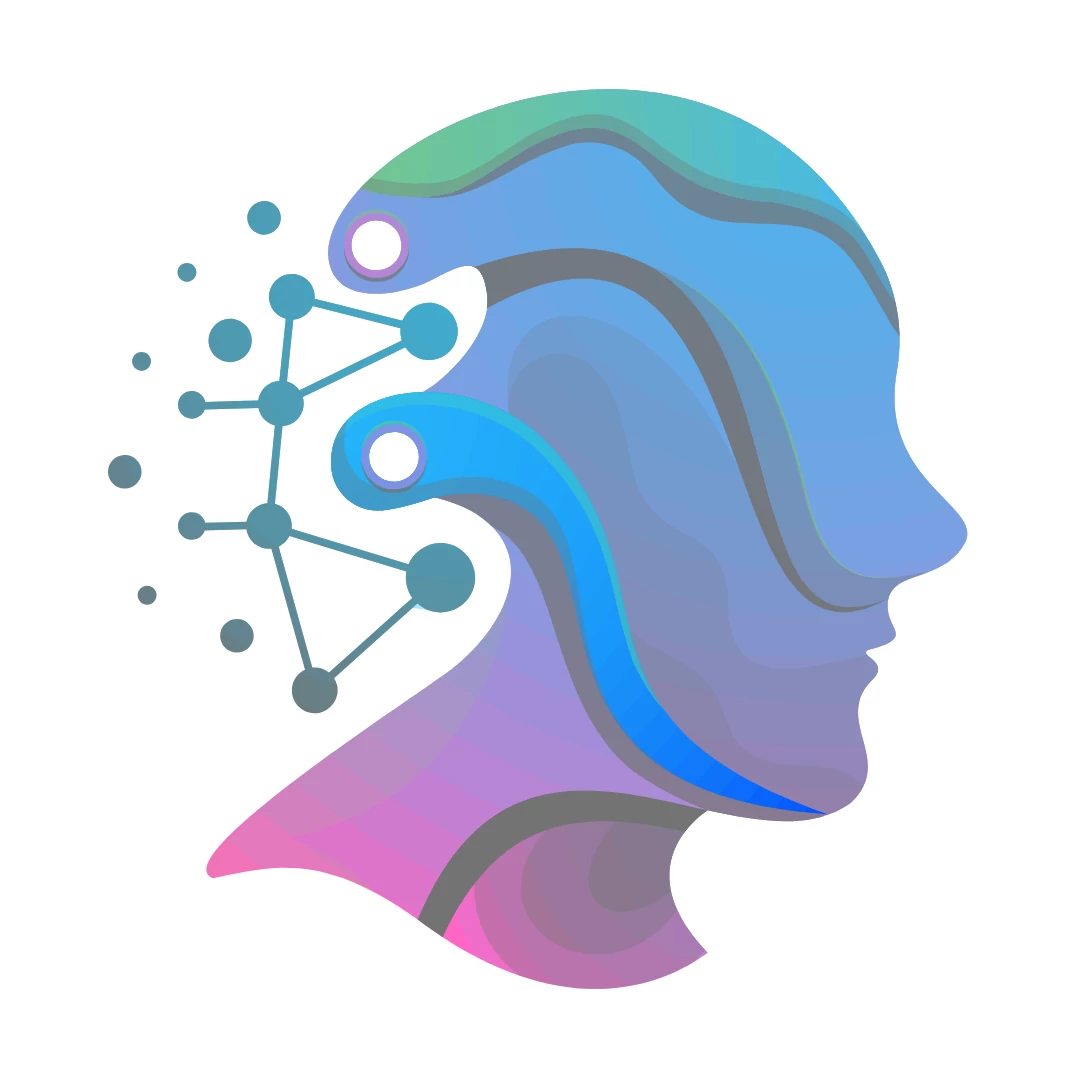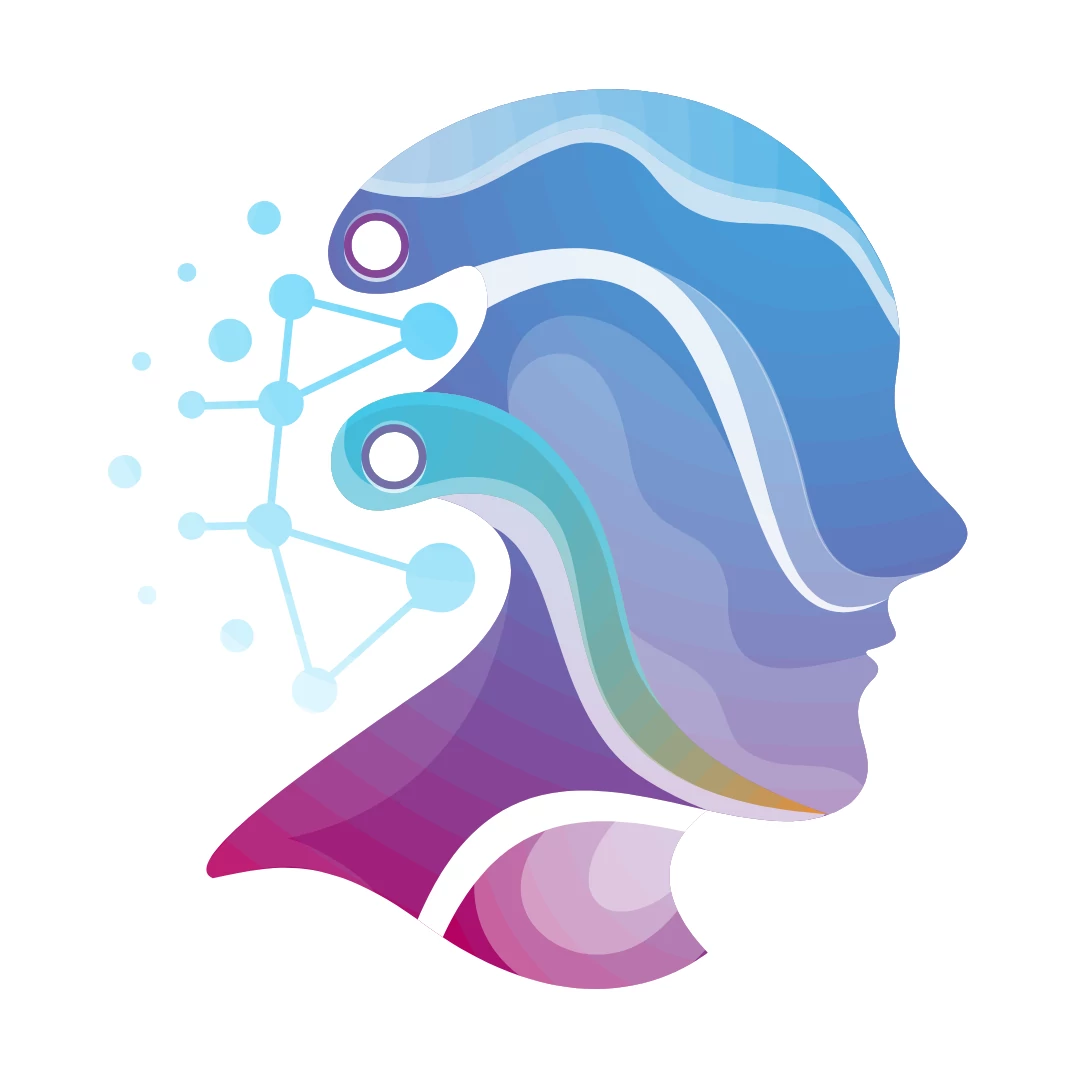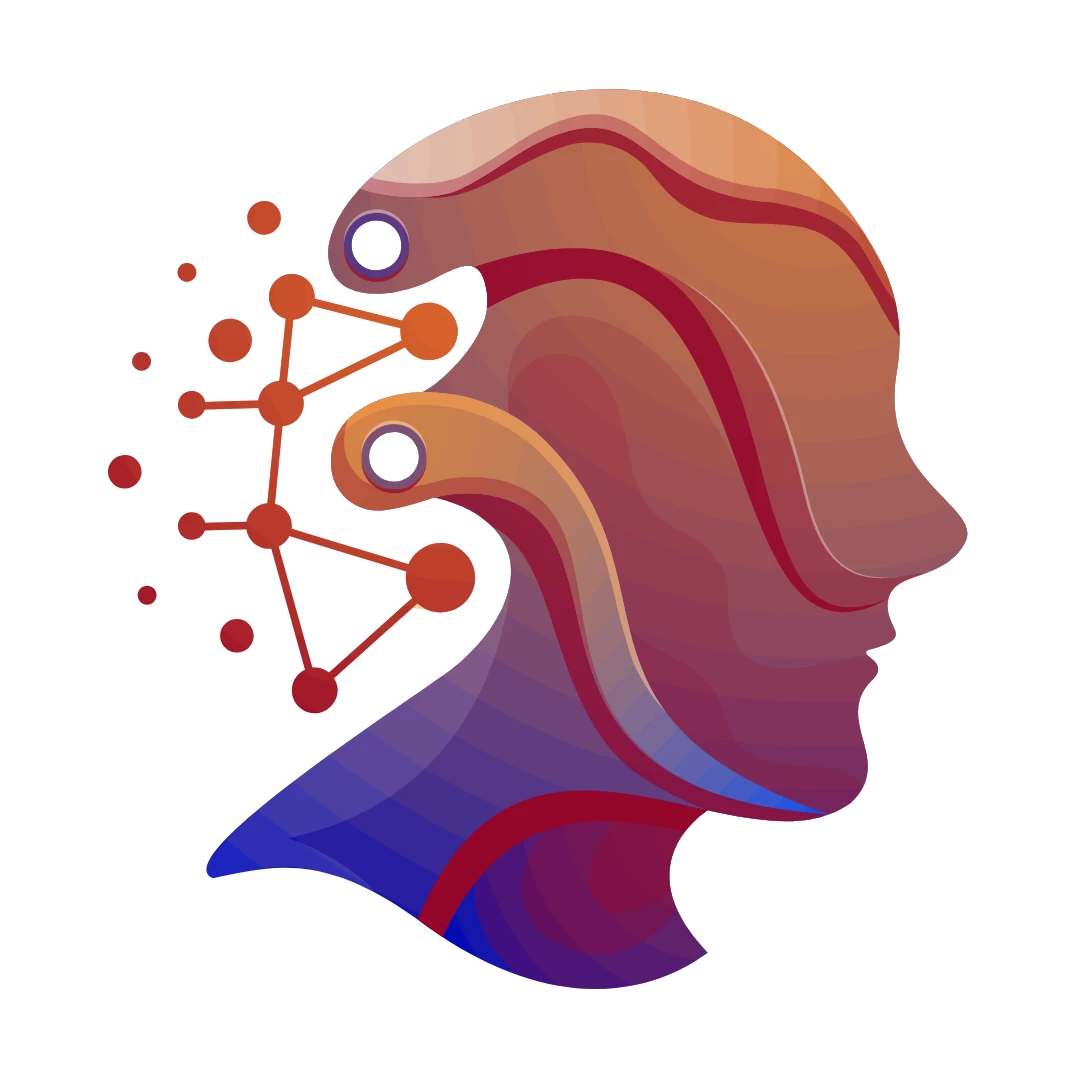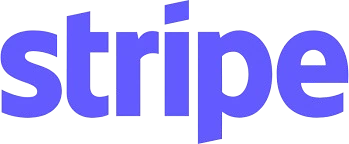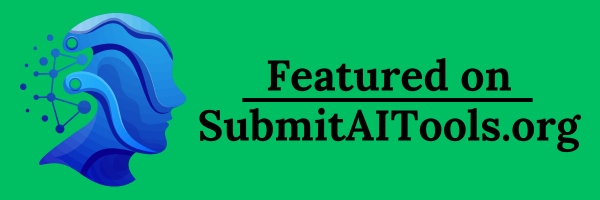Masonry AI
Canvas for Effortless Image and Video Creations

What is Masonry AI?
Masonry invites creators into a fluid space where ideas for visuals take shape without the usual hurdles of mismatched tools. It gathers scattered elements into one smooth flow, letting you build from sketches to full clips with a rhythm that feels natural. Designers and storytellers who've wandered through its setup often share how it cut down the back-and-forth between apps, turning scattered files into polished pieces that capture the spark they chased from the start.
Introduction
Masonry sprang from the quiet frustrations of folks juggling too many screens and shortcuts just to keep a project alive. A handful of visual pros got together, tired of the drag between drawing boards and edit bays, and pieced together this hub to bridge the gaps. It hit the ground running a while back, drawing in a steady stream of indie filmmakers, graphic hands, and social sharers who needed a spot to pin everything without losing the thread. What pulls people in deeper is how it mirrors the messiness of real brainstorming—notes next to doodles, clips beside colors—yet smooths it all into something shareable. Over coffee-fueled chats, users recount wrapping concepts that once took days into afternoon wins, highlighting its role as that rare tool that gets out of the way and lets the vision lead.
Key Features
User Interface
The main view unfolds like a wide workbench, with drag spots for tossing in photos or rough cuts that snap into place without a fight. Layers stack intuitively, letting you nudge elements around while previews update on the fly, all in a layout that scales from laptop glow to tablet touch. Side panels hold tweaks for hues or timing, popping open only when called, so the center stays clear for your focus.
Accuracy & Performance
When you layer a new clip over an image, it aligns edges with a precision that saves manual fiddles, rendering changes in a flash even for hefty files. It holds steady through marathon builds, rarely dropping frames or colors, and users point to how it nails the intent—say, a fade that matches the mood—without extra passes. That reliability turns what could be a glitchy slog into a flow that builds confidence with every save.
Capabilities
Start with a blank slate and pull in assets to craft mood boards that evolve into story reels, blending stills with motion in seamless blends. It handles exports from raw sketches to web-ready packs, with options to loop effects or sync sounds that add depth without complexity. Collaboration invites let teams drop in real-time, marking spots for feedback, while templates kick off common setups like promo grids or event recaps.
Security & Privacy
Your boards and builds stay ringed by basic locks, with shares limited to who you tap in, and files held only as long as the project hums. It clears out temps after sessions wrap, keeping your roughs from lingering in the cloud, and follows straightforward rules that let you export clean without traces left behind. Creators nod to the ease of working open without the nagging worry of leaks.
Use Cases
Social managers pin campaign visuals into quick montages, testing vibes before launch. Indie directors storyboard scenes by layering shots over notes, spotting flow issues early. Brands mock up product spreads, mixing angles and text to pitch ideas that land. Even educators build lesson visuals, weaving diagrams with clips to keep classes engaged without tech tantrums.
Pros and Cons
Pros:
- Pulls assets from anywhere into one tidy spot, no app hopping.
- Real-time previews keep surprises low and tweaks quick.
- Team shares spark better back-and-forth without email chains.
- Light on the system, running smooth on everyday gear.
Cons:
- Advanced effects might call for add-ons beyond the core.
- Free runs cap storage, nudging bigger projects to upgrade.
- Learning the layer tricks takes a session or two for new hands.
Pricing Plans
Jump in free with basic boards and a handful of exports monthly, enough to test the waters on small gigs. Core access at twelve bucks a month unlocks unlimited layers and team spots, while pro at twenty-eight adds fancy renders and priority saves. Yearly dips shave off a bit, and trials give a full month to roam without the hit, making the leap feel low-stakes.
How to Use Masonry
Sign up quick, then drag your first files onto the canvas to see them lock in. Build by adding text bubbles or clip overlays, using the side tools to adjust fits or flows. Invite a pal for notes, iterate on their marks, and when it clicks, hit export for the format that fits your share. Save versions as you go, circling back to refine till the whole thing hums right.
Comparison with Similar Tools
Where rigid editors box you into timelines, Masonry lets loose with freeform stacks, though those might suit strict cuts better. Against cloud lockers, it amps up the build side without extra steps, saving time for visual thinkers. It threads the needle for hybrid creators, blending ease with power where pure image spots skim surface or video bays dive too deep.
Conclusion
Masonry clears the clutter from visual workflows, handing you a space where images and clips collide into something alive and true. It turns the scatter of creation into a steady build, reminding us that the best work happens when tools bend to the maker, not the other way around. As screens keep multiplying, this canvas holds ground, fostering pieces that pop with purpose and pull.
Frequently Asked Questions (FAQ)
Can I import from my phone?
Yep, the app mirrors the web for seamless drags from gallery to board.
How many layers can I stack?
Unlimited on paid, with free capping at ten to keep things snappy.
Does it work offline?
Core builds sync later, but shares need a quick connect to fly.
What file types fit?
From JPEGs to MP4s, plus basics like PNG or GIF for mix-and-match.
Is there a tutorial for starters?
Built-in walks guide you through a sample board in under five.
AI Photo & Image Generator , AI Image to Video , AI Video Generator , AI Design Generator .
These classifications represent its core capabilities and areas of application. For related tools, explore the linked categories above.
Masonry AI details
This tool is no longer available on submitaitools.org; find alternatives on Alternative to Masonry AI.
Pricing
- Free
Apps
- Web Tools
